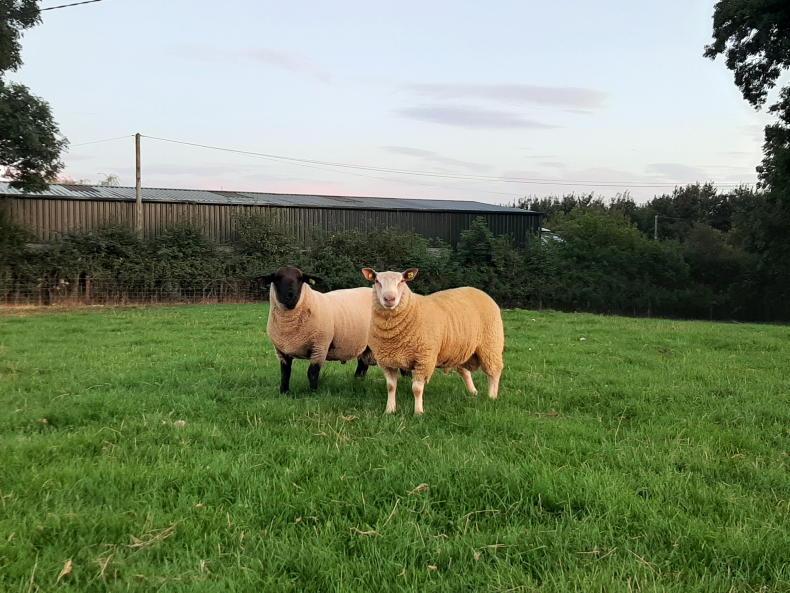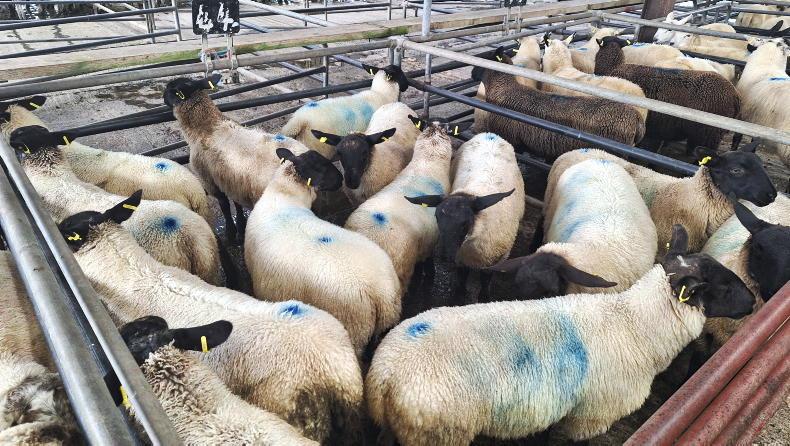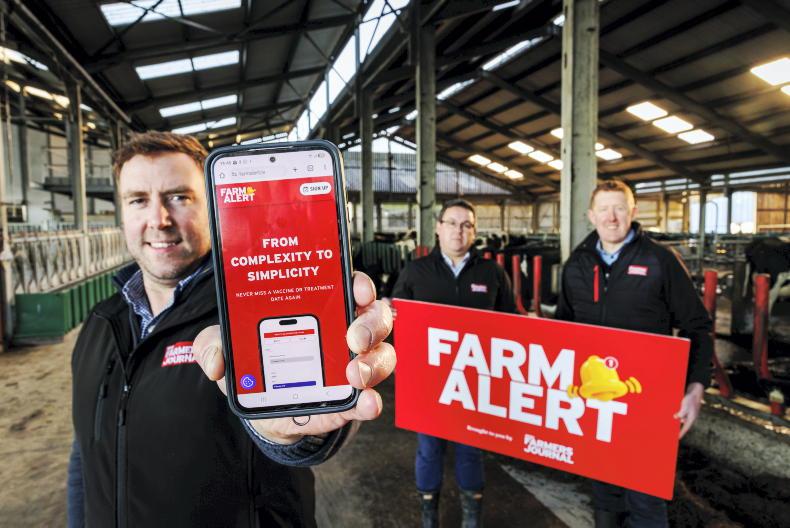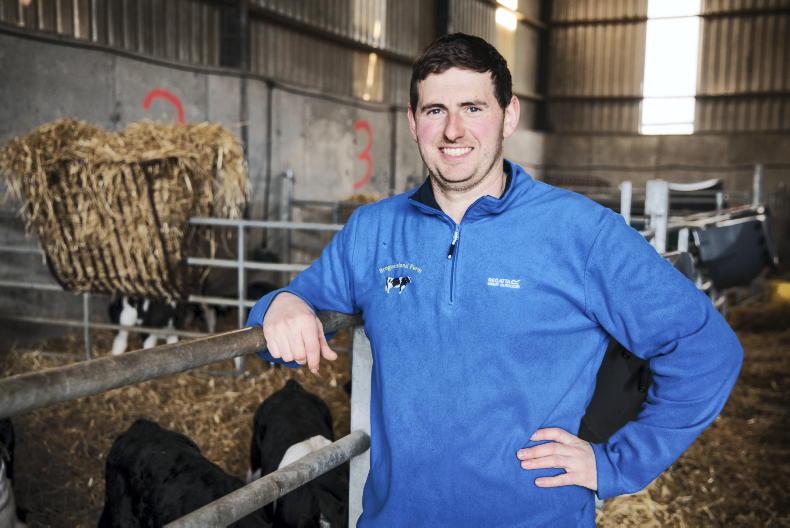Blowfly strike
The upturn in weather, and in some cases damp muggy conditions, have given rise to reports of greater incidence of blowfly strike.
Many flocks which applied pour on earlier in the season are at a higher risk again due to the duration of cover coming to an end.
There are also reports of strike in hoggets/ewes shorn later in the season, and which did not receive any protective treatment. As such, it is important that sheep are checked regularly.
Where applying pour on, a product with a shorter period of preventative cover will suffice.
Dipping will provide a greater level of cover at this stage of the year to other external parasites, and in particular keep on top of sheep scab.
Take care where dipping lambs on the point of finishing to account for the withdrawal period. These typically range from 14 days to upwards of 35 days.
The only option available to organic producers is a non-organophosphate dip, with Cyperguard the only such dip available on the Irish market.
Remember also for flocks participating in the sheep welfare scheme and wishing to avail of the extended deadline of 25 November (versus 15 October) for the sheep dipping action, that a request must be submitted to the Department before 15 September. Email sheepschemes@agriculture.gov.ie.
Worm counts
Vets and advisers continue to report significant worm counts, while I have come across a number of farms identifying possible issues with resistance in recent weeks. This is not surprising given the growing threat that resistance poses to sheep farming.
Now is an opportune time to carry out a faecal egg count (FEC) reduction test to test the efficacy of the product being used. Ensure that the repeat FEC is carried out in the correct timeframe, i.e. seven days later for yellow or group 2 levamisoles, 14 days later for white or group 1 benzimidazoles and 14 to 16 days later for clear or group 3 macrocyclic lactones.
It is also critical that all other variables which can influence the efficacy of an anthelmintic are accounted for. This includes dosing animals to the correct weight, ensuring the recommended volume is administered and that animals are dosed correctly.
Quarantine treatment
A robust quarantine protocol is important to guard against bringing resistant worms and other diseases on to the farm when purchasing sheep.
The advice is to administer a new generation wormer such as Zolvix or Startect, the latter of which is available in Northern Ireland and can be purchased by vets in Ireland, and a second wormer.
The second wormer can be a levamisole or a macrocyclic lactone. Teagasc advice highlights that these doses need to be administered sequentially and not mixed.
The other big concerns with purchased sheep is lameness, with CODD being of particular concern, external parasites and vaccination against various diseases.
Sheep should ideally be housed for 24 to 48 hours while worm treatments are administered, foot bathed and kept separate from the main flock for 28 days or until you are satisfied that a disease risk is not posed.
Chemical fertiliser
As discussed in detail in last week’s notes, there is a limited window to get any remaining chemical nitrogen or phosphorus applied. The final date for spreading is 14 September 2024.










SHARING OPTIONS